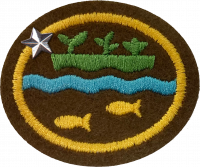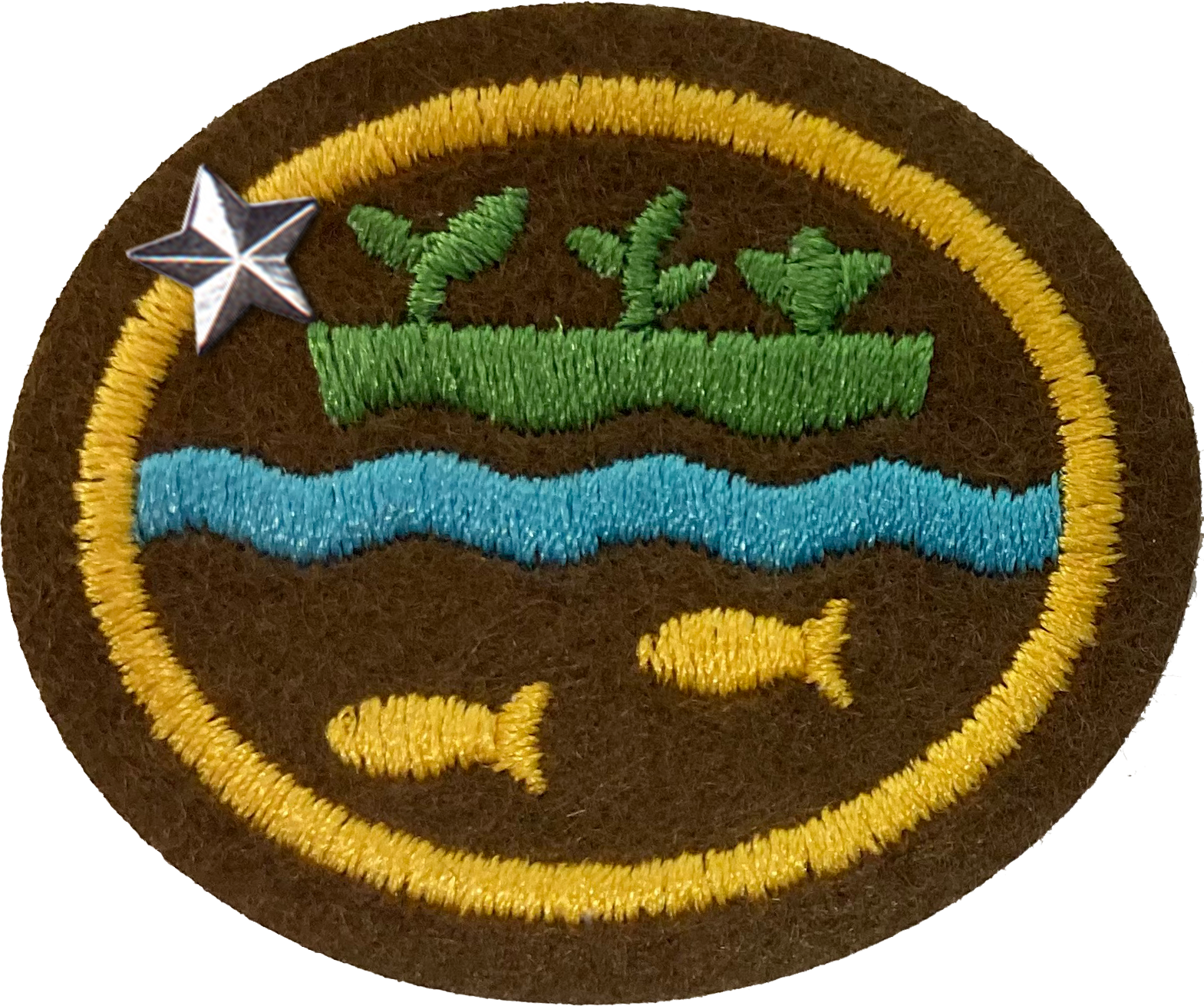Difference between revisions of "AY Honors/Hydroponics and Aquaponics - Advanced/Answer Key/es"
(Created page with "{{clear}}") |
|||
| Line 48: | Line 48: | ||
<!-- 3. ¿Cómo funciona la acuaponía? Describir la relación entre las plantas, el agua, los peces, los desechos y las bacterias. --> | <!-- 3. ¿Cómo funciona la acuaponía? Describir la relación entre las plantas, el agua, los peces, los desechos y las bacterias. --> | ||
| − | + | {{clear}} | |
| − | |||
| − | |||
<noinclude></noinclude> | <noinclude></noinclude> | ||
| Line 60: | Line 58: | ||
<!-- 4. ¿Qué es el «pH» y cómo afecta a las plantas en un sistema hidropónico o acuapónico? Medir el pH de un poco de agua y demostrar cómo se puede subir y bajar el pH. --> | <!-- 4. ¿Qué es el «pH» y cómo afecta a las plantas en un sistema hidropónico o acuapónico? Medir el pH de un poco de agua y demostrar cómo se puede subir y bajar el pH. --> | ||
| − | + | {{clear}} | |
| − | |||
| − | |||
| − | + | {{clear}} | |
| − | |||
| − | |||
| − | + | {{clear}} | |
| − | |||
| − | |||
<noinclude></noinclude> | <noinclude></noinclude> | ||
Revision as of 21:50, 30 November 2021
Nivel de destreza
2
Año
2021
Version
31.12.2025
Autoridad de aprobación
División Norteamericana
1
2
2a
Trace elements essential for proper plant growth. These include boron, chlorine, nickel, manganese, iron, zinc, copper, and molybdenum among others. Micronutrients are nutrients needed in smaller amounts. They are not necessarily smaller in particle size.
2b
Trace elements essential for proper plant growth. These include carbon, hydrogen, oxygen, nitrogen, phosphorus, potassium, calcium, magnesium, and sulfur. Macronutrients are nutrients needed in larger amounts. They are not necessarily larger in particle size.
2c
One of three forms of nitrogen found in soil, and the one that plants use the most for growth.
2d
Growing aquatic animals (fish, shellfish, etc.) or aquatic plants (plants grown for human food or plants such as algae, often used in biofuels) for human use. While aquaculture most often involves using either or both for food, it also includes the raising of fish, shellfish, and ornamental animals for aquariums, and seaweed for multiple purposes, among agriculture reasons.
3
4
5
Hydroponics and aquaponics are similar in that they essentially have the same components and purpose, but aquaponics has the added component of the fish and the reservoir that contains them. Additionally, as far as the process of plant growth goes, aquaponics is more complex. While hydroponics simply absorbs nutrients that are artificially added to the water they use, aquaponics relies on the fish to provide waste for the plants to use, the bacteria to transfer the waste into usable nutrients for the plants, and the plants to clean the water for the fish. In this way, aquaponics consists of a symbiotic relationship between the plants, fish, and bacteria. Due to this, aquaponics behaves more like a natural mini-ecosystem, the plants being more hardy and resistant to infection and disease because they have become exposed and immune to the bacteria of the plants. Hydroponics does not have this benefit. Plants grown hydroponically don't have the same immunity, and will catch diseases quickly, so a hydroponic system must be carefully monitored to ensure that a diseased plant doesn't infect the other plants and destroy the whole system.
6
Organic foods ensure that the foods are being grown using as few unhealthy chemicals as possible. Being certified organic in some locations makes it possible to sell produce to specialty buyers that specialize in organic foods. Because of the amount of attention organic foods get, the demand is increasing and selling produce as organic will result in higher profit. Below is an excerpt from the US Department of Agriculture's (USDA) standards for organic certification:
The organic crop production standards require that:
1. Land must have had no prohibited substances applied to it for at least 3 years before the harvest of an organic crop.
2. Soil fertility and crop nutrients will be managed through tillage and cultivation practices, crop rotations, and cover crops, supplemented with animal and crop waste materials and allowed synthetic materials.
3. Crop pests, weeds, and diseases will be controlled primarily through management practices including physical, mechanical, and biological controls. When these practices are not sufficient, a biological, botanical, or synthetic substance approved for use on the National List may be used.
4. Operations must use organic seeds and other planting stock when available.
5. The use of genetic engineering, ionizing radiation and sewage sludge is prohibited.
7
Similar to the basic Hydroponics and Aquaponics honor, this requirement is to get you involved with the actual process of growing using these alternative methods. This time, however, you are comparing and contrasting hydroponics and aquaponics themselves, rather than comparing them against produce grown using standard-practice methods. This doesn't have to be complex. The major difference is the addition of fish in the aquaponics system, so consider starting an aquarium and running the water through your aquaponics system before returning it to your fish tank! Keep a record of the care you give to both the hydroponics and the aquaponics systems, and compare and contrast the harvests!
8


